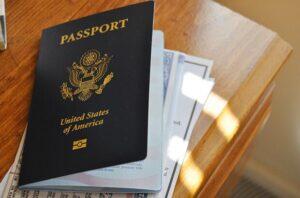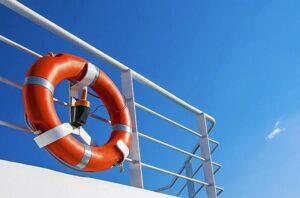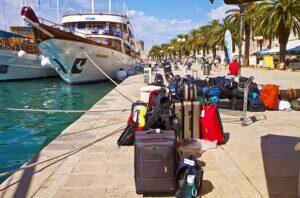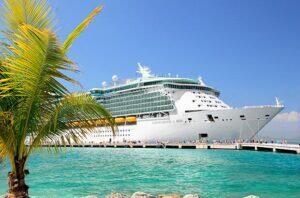Disembarking the Cruise Ship

As with all good things, as they say, all cruises come to an end eventually.
Contents
The debarkation process actually begins the day before you arrive at your ship’s final destination. During that day, your cabin steward delivers special luggage tags to your stateroom, along with customs forms and instructions. To ensure a smooth return trip home, you’ll need to know about the process for leaving the ship for good.
Contents
INSIDER TIPAll ships offer a disembarkation lecture on the day before the cruise ship arrives in the final port that explains all the procedures.
Packing for Debarkation
After packing your bags, be sure to remove all of the old tags, except for your personal identification, from your suitcases. Then attach the newly provided debarkation tags (they are color- or number-coded according to post-cruise transportation plans and flight schedules). Follow the instructions provided, and place the luggage outside your stateroom door for pickup during the hours indicated. (Some ships now offer disembarkation at will and allow you to carry your own bags off the ship; if your ship offers that service and you wish to partake, then you don’t have to worry about placing your luggage outside the door.) Be sure to put your passport or other proof of citizenship, airline tickets (if applicable), keys, and medications in your hand luggage. And be sure to take out a change of clothes for the final morning before you put your bags out.
Final Statements
A statement itemizing your shipboard charges is delivered either the night before or the morning of debarkation. Check it over for accuracy; any discrepancies in your account should be taken care of before leaving the ship, usually at the Reception Desk.
The Debarkation Process
Room service is not available on most ships on debarkation day; however, breakfast is usually served in the main restaurant, as well as the buffet. After breakfast, there’s not much to do but wait in a lounge or on deck for your tag color or number to be called for debarkation. Some cruise lines make this process more pleasant by allowing passengers to remain in their cabins until it’s time to leave the ship.
You will have to pass through Customs and Immigration, either on the ship or in the terminal. Procedures vary and are outlined in your instructions. In some ports, passengers must meet with the officials at a specified hour (usually very early) in an onboard lounge; in other ports, customs forms are collected in the terminal and passports and identification papers are examined there, as well.
Once in the terminal, you’ll find the luggage is sorted by color or number. Locate yours and, if desired, flag down a porter for assistance (plan to offer a $2 tip per bag). Then, proceed to your prearranged transportation, get in the taxi line, or retrieve your vehicle from the parking lot. Your cruise is complete, and it’s time to start dreaming about (and planning for) the next one!























